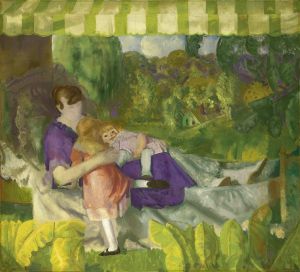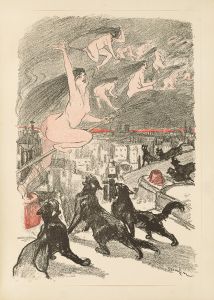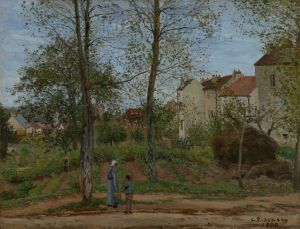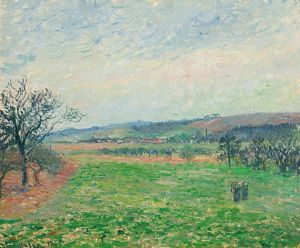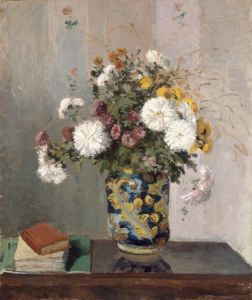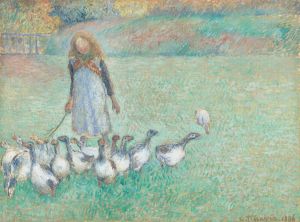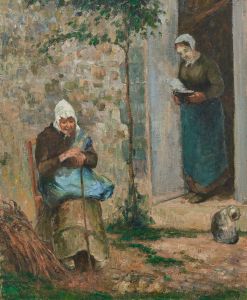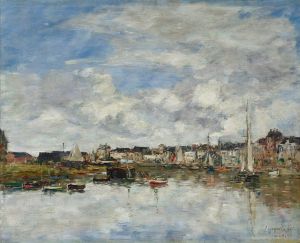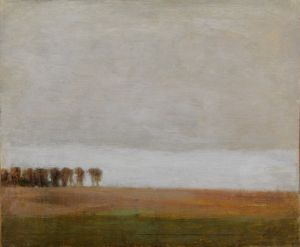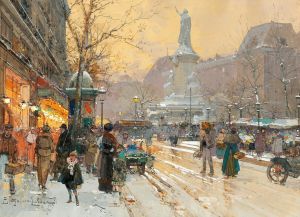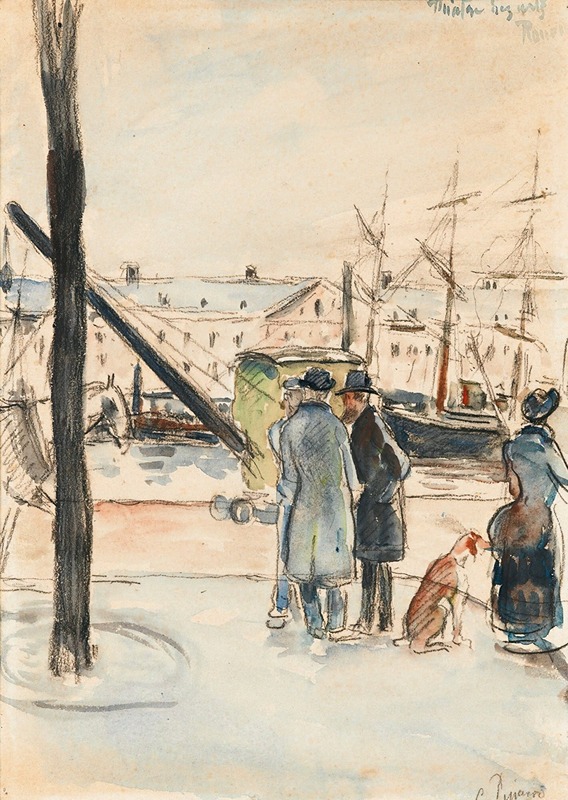
Les Quais À Rouen
A hand-painted replica of Camille Pissarro’s masterpiece Les Quais À Rouen, meticulously crafted by professional artists to capture the true essence of the original. Each piece is created with museum-quality canvas and rare mineral pigments, carefully painted by experienced artists with delicate brushstrokes and rich, layered colors to perfectly recreate the texture of the original artwork. Unlike machine-printed reproductions, this hand-painted version brings the painting to life, infused with the artist’s emotions and skill in every stroke. Whether for personal collection or home decoration, it instantly elevates the artistic atmosphere of any space.
Camille Pissarro's "Les Quais à Rouen" is a notable work by the renowned French Impressionist painter, created during a period when Pissarro was deeply engaged with the urban and industrial landscapes of France. Pissarro, born on July 10, 1830, in the Danish West Indies, was a pivotal figure in the Impressionist movement, known for his innovative approaches to capturing light and atmosphere.
"Les Quais à Rouen" is part of a series of paintings Pissarro completed in the late 19th century, focusing on the city of Rouen, a significant industrial and commercial hub in Normandy, France. This series is particularly important as it reflects Pissarro's fascination with the modern cityscape and the bustling activity of urban life, which was a departure from his earlier focus on rural scenes and peasant life.
The painting depicts the quays of Rouen, a vibrant scene characterized by the movement of ships, the activity of dockworkers, and the interplay of natural and artificial light. Pissarro's choice of Rouen as a subject was influenced by the city's dynamic environment, which offered a rich tapestry of industrial and commercial activity set against the backdrop of the Seine River. The quays were a vital part of Rouen's economy, serving as a major point for trade and transportation.
In "Les Quais à Rouen," Pissarro employs his characteristic Impressionist techniques, using loose brushstrokes and a bright color palette to convey the transient effects of light and atmosphere. The painting captures the essence of a specific moment, emphasizing the changing qualities of light as it interacts with the water and the structures along the quay. This approach is typical of Pissarro's work during this period, as he sought to depict the fleeting impressions of modern life.
Pissarro's Rouen series, including "Les Quais à Rouen," is significant for its exploration of the themes of modernity and industrialization. Unlike some of his contemporaries who focused on the idyllic aspects of nature, Pissarro embraced the changes brought about by the Industrial Revolution, portraying them with a sense of realism and immediacy. His work provides a valuable historical record of the transformation of French cities during this era.
The painting also reflects Pissarro's interest in the effects of weather and time of day on the landscape. By capturing the quays at different times and under varying conditions, Pissarro was able to explore the nuances of light and shadow, creating a series of works that are both diverse and cohesive in their depiction of Rouen.
"Les Quais à Rouen" exemplifies Pissarro's mastery of the Impressionist style and his ability to convey the vibrancy of urban life. It stands as a testament to his innovative spirit and his commitment to capturing the essence of the modern world. Today, Pissarro's works, including this painting, are celebrated for their contribution to the development of modern art and their enduring influence on subsequent generations of artists.





